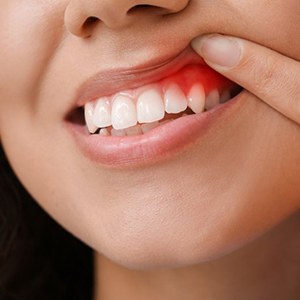Gum Disease Treatment Salmon Creek
Win the Fight Against Harmful Bacteria
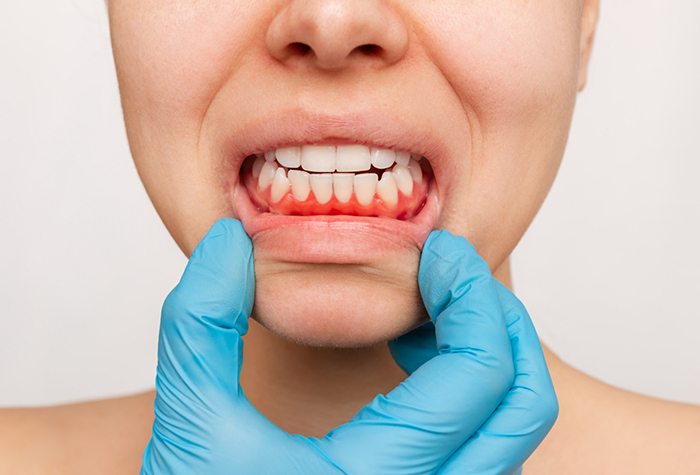
Although cavities continue to be the leading oral health problem in the world, gum disease is quickly rising in the ranks. To minimize the potential damage a bacterial attack on the gums can do, we proudly offer gum disease treatment in our Salmon Creek dental practice. By eliminating harmful plaque, tartar, and bacteria, we can prioritize your gum health so that you can enjoy a longer-lasting smile and improved wellness. Give us a call if you notice any symptoms that might point to gum disease.
Why Choose Salmon Creek Complete Dentistry for Gum Disease Treatment?
- Highly Experienced Dentist & Team
- We Put Patients First
- Comprehensive Approach that Combines Oral & Overall Health
What Is Gum Disease?
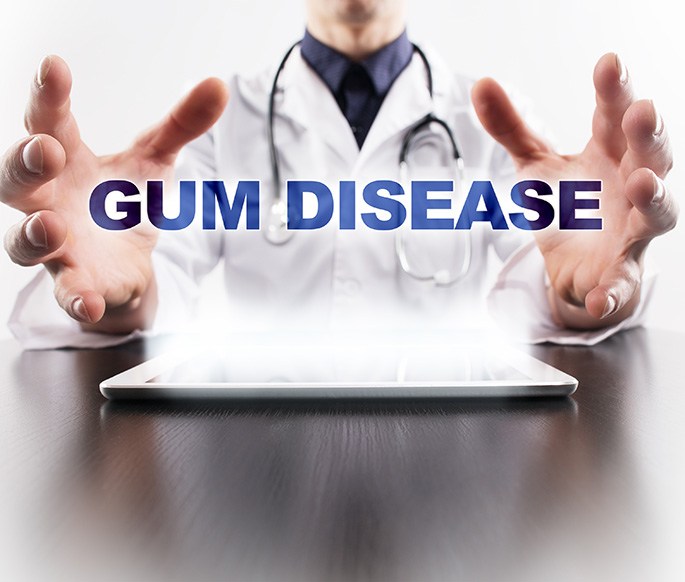
Gum disease is an infection of the pink tissue that surrounds the base of the teeth. It occurs when harmful bacteria are allowed to accumulate and sneak beneath the gumline. Often, poor oral hygiene contributes to its development.
Gum disease, also known as periodontal disease, has two main stages:
- Gingivitis is the early stage. It is relatively mild and does not cause irreversible tissue damage.
- Periodontitis is advanced gum disease. It is a leading cause of tooth loss among adults in the U.S.
Symptoms of Gum Disease
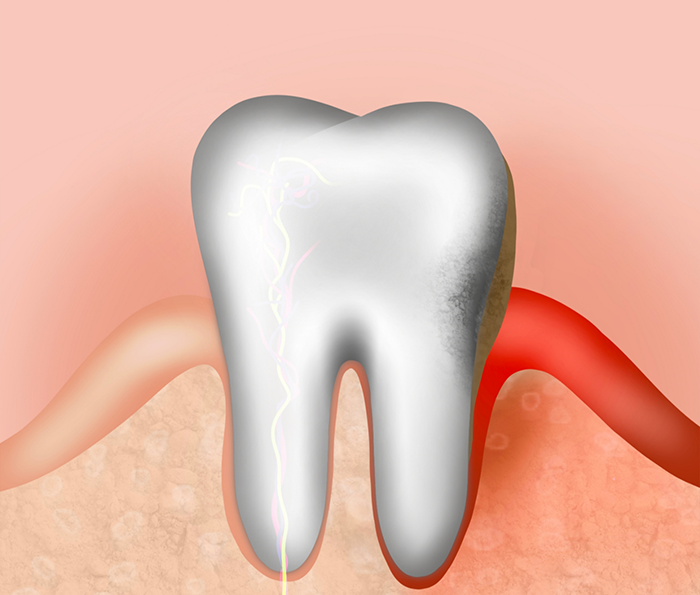
Gingivitis may cause the following symptoms:
- Persistent bad breath that does not respond to things like mints, gum, and mouthwash.
- Red, swollen, or tender gums.
- Bleeding gums when you brush and floss.
- Minor gum recession.
Periodontitis can cause all the same symptoms as gingivitis, though it tends to be more severe. It can also lead to:
- Loose teeth.
- Tooth loss.
- Noticeable pockets between the teeth and gums.
- Severe gum recession.
- Changes in the way restorations, such as dentures, fit.
How Do We Treat Gum Disease?

In very mild cases, gum disease is reversible with extra-diligent at-home care. Our team can coach you on the oral hygiene techniques needed to improve your gum health. If your case is a bit more advanced, we might recommend that you undergo scaling and root planing or another professional treatment.
Scaling & Root Planing
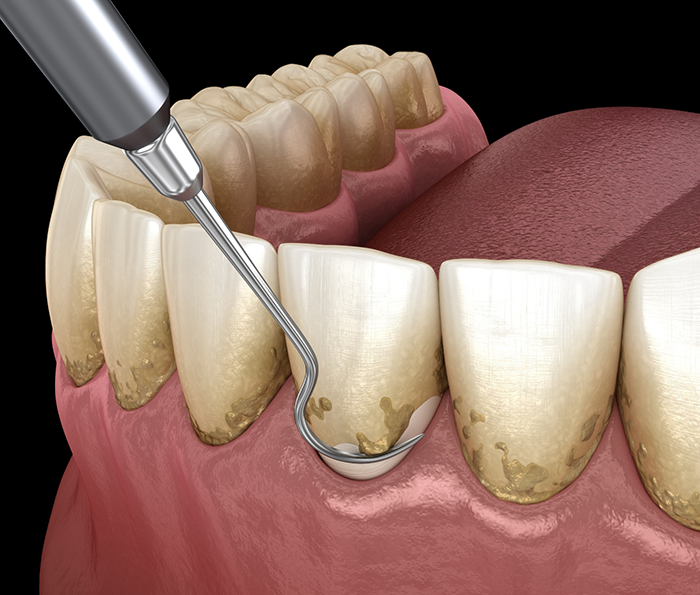
One of the most effective forms of gum disease treatment is scaling and root planing. Known as “deep cleaning,” this two-part process is designed to address bacterial build-up so that gums can properly heal over time. Our team can walk you through the entire process during your consultation. Until then, here is what you can expect from scaling & root planing as well as ways to maintain a healthy smile after your treatment:


